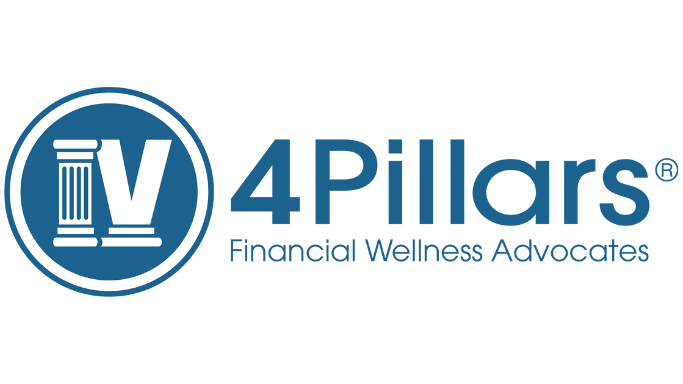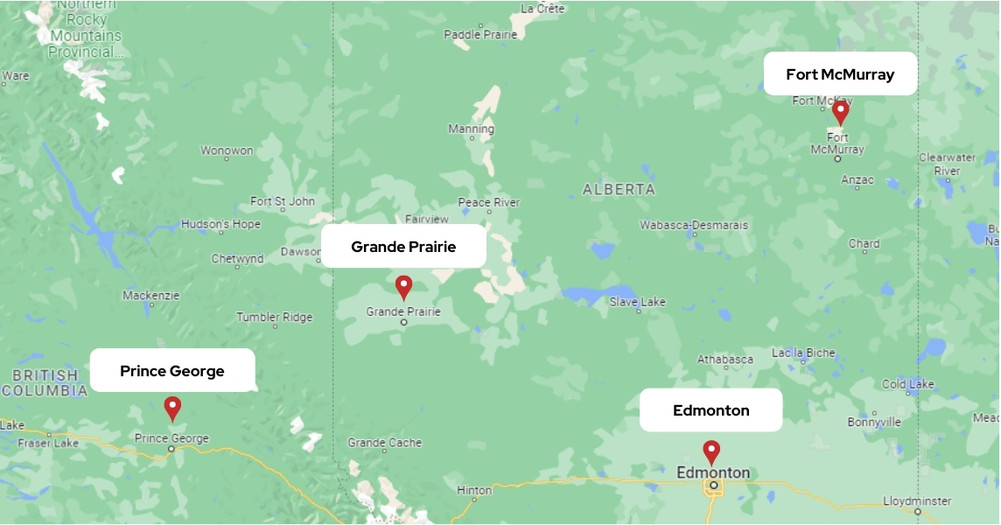Debt is not always a bad thing. It can help you attend college, or buy a home. And it can help you make more money in the future! But it can also leave you feeling like you’re drowning with no way out. This blog post will explore the difference between good and bad personal debt – and how you can avoid taking on bad debt.
What is Bad Personal Debt?
Bad personal debt is a type of debt that doesn’t help you increase your wealth in the long term. Unfortunately, this describes most of your lifestyle purchases. Your credit card and car loans are both examples of bad personal debt.
Good Debt Vs Bad Vs Ugly
Good debt is any debt that helps you increase your wealth over time. Small business loans, home mortgages, and student loans are all types of good debt.
As we outlined above, bad debt is the type of debt you incur when you buy things that won’t grow in value over time.
What is Ugly Debt?
There’s also an emerging type of debt called ‘ugly debt’. This describes the worst kinds of debts – payday loans and cash advance loans. The interest rates and fees for these loans are astronomical – and quickly accumulate. Taking on these loans should be avoided at all costs.
Unfortunately, many Canadians do not understand this – making ugly debt even uglier. In fact, an estimated 2 million Canadians rely on this type of loan each year.
Consider this: if you take out a payday loan for $300 for 14 days, the average cost of that debt is $363 – so you pay $63 on that debt in just two weeks. If you used more traditional financing to borrow that $300, it would cost less than $10.

How Bad is Bad Debt?
Taking on a little bit of this type of debt can be okay. But you need to be certain that you can continue to pay your good debt and fund your essential expenses.
Here is an example of what it looks like:
Your monthly mortgage is $2000.
The monthly household essentials (groceries, utilities, children’s education, transport, insurance) cost $2500.
Your monthly household income is $8500.
That leaves $4000 for other expenses monthly.
In this case, placing lifestyle expenses like gym memberships, entertainment, and better technologies on credit cards can be okay. There is plenty of cash available to pay off the debt quickly – which can help maintain healthy credit.
But, if your monthly household income is closer to $5000, your credit card debt can be damaging.
So, how ‘bad’ the debt is for you depends on your personal circumstances – and your ability to pay it off.
How Do You Avoid It?
Budgeting is always key to avoiding taking on too much bad debt. You need to live within your means, and avoid lifestyle creep when you do start earning more money.
There is no hard and fast rule that works in every single case. But you should try to live so your debts take up less than 45% of your monthly income – though ideally much less than this.
What To Do If You Already Have Too Much Bad Debt?
Signs that you might have too much bad debt are that you are:
- Living paycheck-to-paycheck;
- Worried about your future; and/or
- Struggling emotionally and feeling like you are drowning.
If you feel like this, we can help.
More than 97% of our clients are now living life debt free.
Get in touch to see what that could look like for you.


